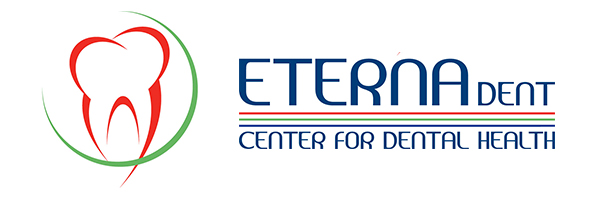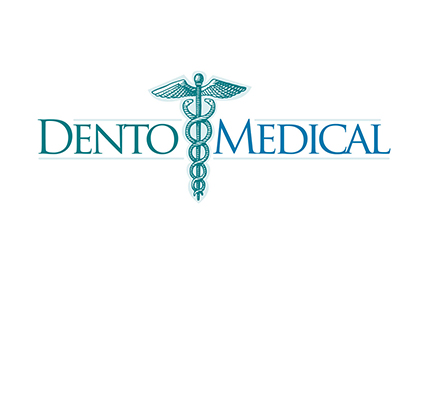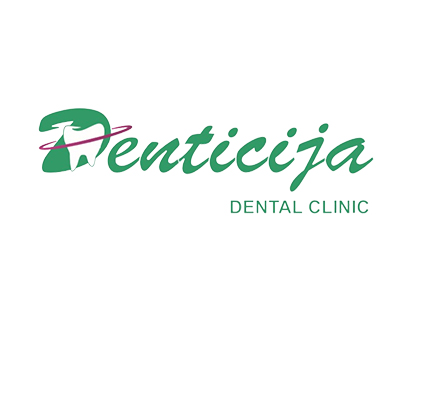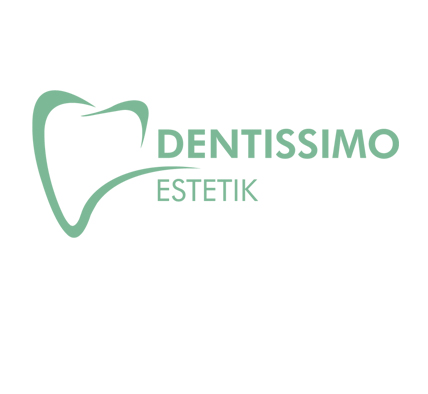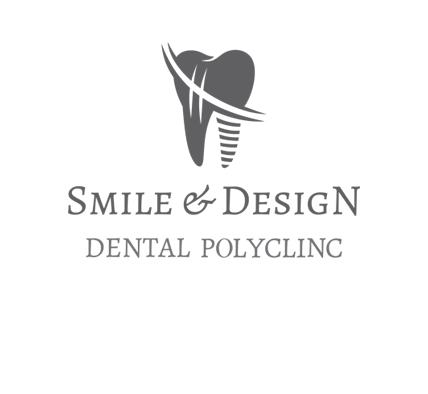Diagnostics & General Dentistry
The scope of stomatology and general dentistry encompasses a wide range of treatments, including preventive dentistry, restorative dentistry, cosmetic dentistry, orthodontics, and oral surgery. Preventive dentistry involves regular check-ups and cleanings, as well as the application of fluoride and other treatments to help prevent tooth decay and gum disease. Restorative dentistry includes treatments such as fillings, crowns, bridges, and dentures, which are used to repair or replace damaged or missing teeth.
Cosmetic dentistry includes treatments such as teeth whitening, veneers, and dental implants, which are used to enhance the appearance of the teeth and smile. Orthodontics involves the use of braces, retainers, and other appliances to correct misaligned teeth and jaws. Oral surgery may be necessary in cases of tooth extraction, jaw surgery, or the placement of dental implants.
Dentists also play an important role in the diagnosis and treatment of oral cancers and other oral and maxillofacial diseases. They may also provide care for patients with special needs, such as those with a physical or mental disability, or those with medical conditions that affect oral health.
Dental radiology is the branch of dentistry that deals with the use of X-rays and other forms of imaging to diagnose and treat dental and oral health conditions. These images provide valuable information about the teeth, jaws, and surrounding tissues that is essential for accurate diagnosis and effective treatment planning.
Dental X-ray is another essential part of the diagnostics and general dentistry. They are commonly used to diagnose problems such as cavities, impacted teeth, abscesses, jaw tumors, and other oral health conditions. They can also be used to monitor the progress of orthodontic treatment and to evaluate the position of un-erupted or impacted teeth.
There are several different types of dental X-rays, including bitewing X-rays, periapical X-rays, and panoramic X-rays. Bitewing X-rays show the crowns of the upper and lower teeth, while periapical X-rays show the entire tooth, from the crown to the end of the root. Panoramic X-rays show the entire jaw and mouth, including all the teeth, the temporomandibular joints, and the sinuses. Without an x-ray, general dentistry takes few steps back.
In addition to traditional X-rays, dental radiology also encompasses other forms of imaging, including cone beam computed tomography (CBCT) scans, which provide detailed 3D images of the jaws, teeth, and surrounding tissues.
Dental radiology is a safe and effective diagnostic tool, and the amount of radiation exposure from a dental X-ray is minimal. Modern X-ray technology also includes measures to minimize radiation exposure, such as digital X-rays, which emit less radiation than traditional film X-rays.
In conclusion, dental radiology is a vital component of modern dentistry that involves the use of X-rays and other forms of imaging to diagnose and treat dental and oral health conditions. These images provide valuable information that is essential for accurate diagnosis and effective treatment planning, and are a safe and effective diagnostic tool for dentists.
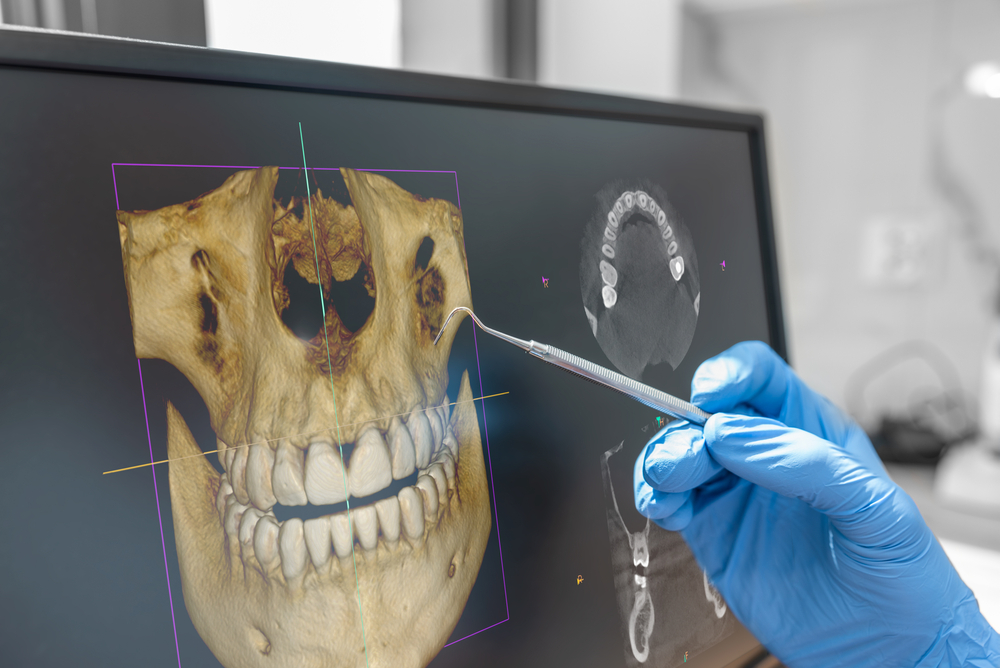
Diagnostics & General Dentistry SERVICES
- Dental X-Ray
- 3D CBCT
- Bonding
- Composite Fillings



